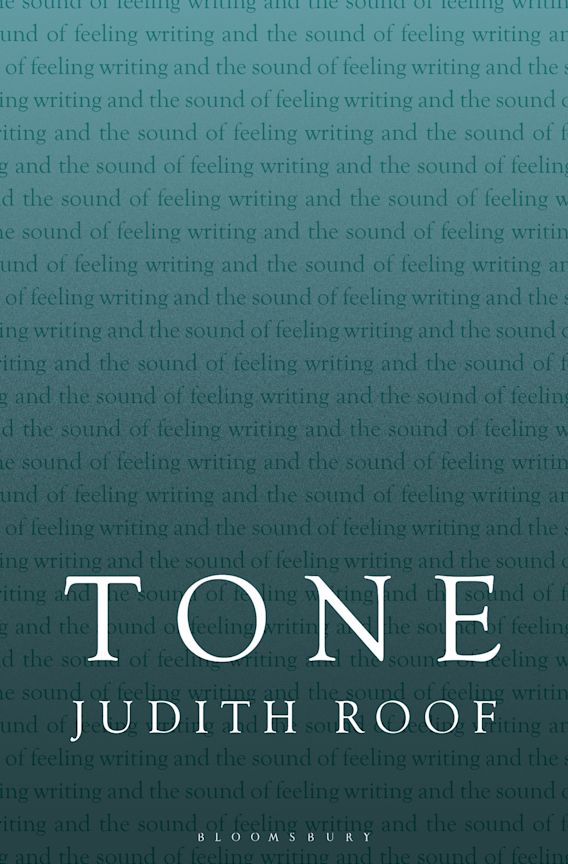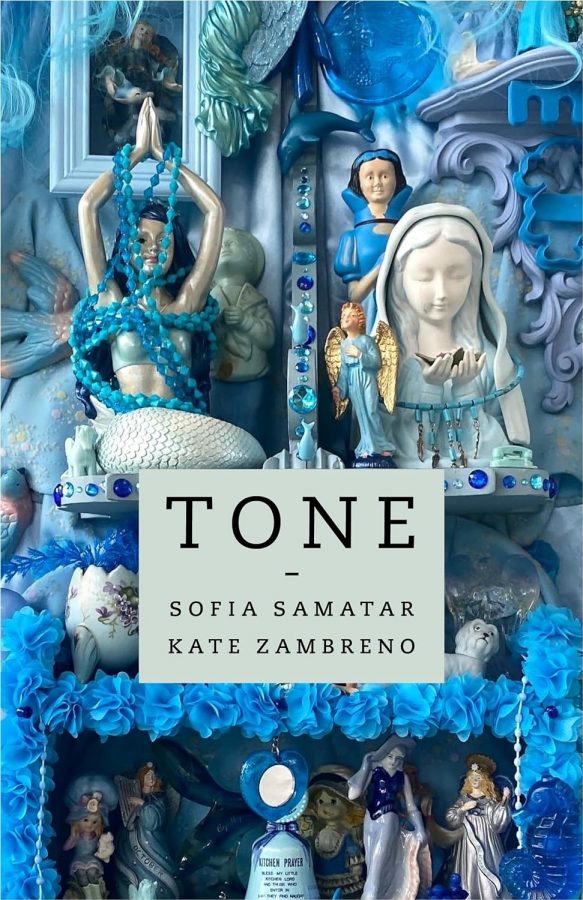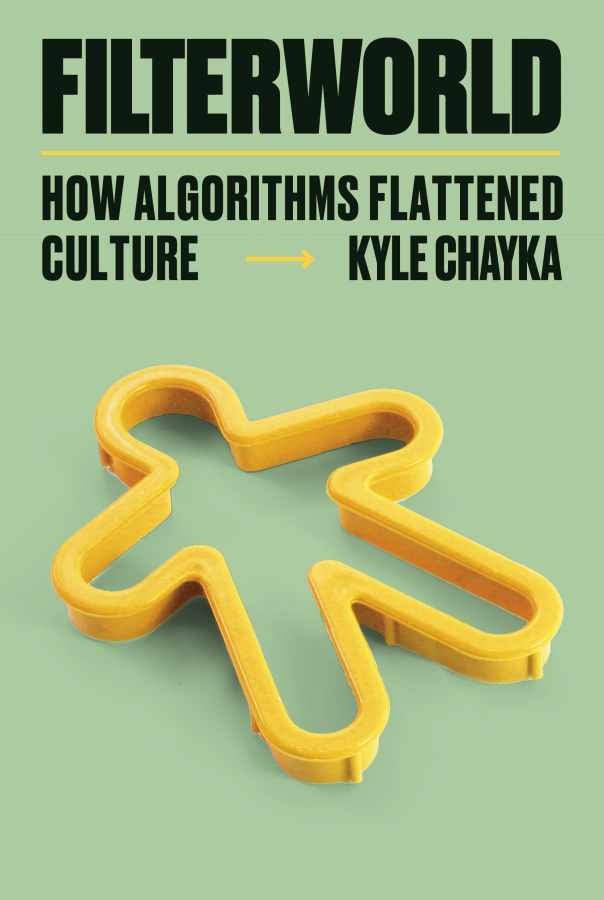In the opening chapter of her biographical study of Virginia Woolf, Hermione Lee recalls her subject’s troubled relationship with the literary form. ‘My God, how does one write a Biography?’ Woolf wrote to Vita Sackville-West, lamenting the difficulty of writing the life of Roger Fry: ‘How can one deal with facts – so many and so many and so many. Or ought one, as I incline, to be purely fictitious? And what is a life? And what was Roger?’
Some 60 years later, Lee found herself facing similar questions. How should she deal with a life so voluminously documented? How should she grapple with the shadowy boundaries between fact and fiction? Of particular urgency was the question of how best to negotiate the competing mythologies that had become part of Woolf’s legacy, and the overarching problem of how to begin. Should she start, as some biographers had done, by casting Woolf as a victim of abuse, or as insane, or as a member of the Bloomsbury Group? Or should she start, like another biographer, by simply calling Woolf a former Miss Stephen? For Lee, the possibilities seemed endless. Interpretation and mythologies were unavoidable: ‘There is no such thing as an objective biography, particularly not in this case,’ she concluded. ‘Positions have been taken, myths have been made.’
Fact and fiction, subjectivity and objectivity, the ethics of naming and interpreting: as a genre, biography has a vexed history. It seems hardly a stretch to say that few other literary forms have been plagued with as many tensions and complexities. As far as Woolf was concerned, writing in an essay titled ‘The New Biography’, the central issue was one of ‘granite and rainbow’:
On the one hand there is truth; on the other there is personality. And if we think of truth as something of granite-like solidity and of personality as something of rainbow-like intangibility and reflect that the aim of biography is to weld these two into one seamless whole, we shall admit that the problem is a stiff one and that we need not wonder if biographers have for the most part failed to solve it.
Subsequent decades have seen biographers respond to the granite and rainbow challenge with aplomb. Perhaps taking inspiration from Woolf herself, whose fictional biography Orlando has been interpreted as an early experiment in biographical writing, biographers have become adept at experimenting with the narrative form. Innovation, combined with a growing public interest in biography, has seen the practice come into its own. Across the globe, biography, autobiography and memoir continue to sell, while in the academic world centres of excellence and research have now been established after nearly a century of neglect.
This week (4-10 August) the State Library of NSW marked Australia’s contribution to biography and life writing in a series of events held under the banner of National Biography Week. The celebration, which is held annually, includes workshops, film screenings and talks. On Wednesday, essayist and novelist Linda Jaivin delivered the 2014 National Biography Award Lecture. Her address, ‘Based on a true story’, explored the increasing propensity of readers, journalists and reviewers for trying to ‘pick the truth’ in novels, particularly autobiographical ‘truths’ that might reveal something about the author or validate the integrity of the work. As Jaivin suggested in her address, the more interesting question is how much fact might be based on fiction.
The key event of Biography Week is the awarding of the National Biography Award of Australia. This year Tasmanian historian Alison Alexander took out the $25 000 prize for her biography The Ambitions of Jane Franklin: Victorian Lady Adventurer. Lady Franklin moved to Tasmania (then Van Diemen’s Land) with her husband, Governor John Franklin, before embarking on a series of ‘unladylike’ endeavours such as building a Greek temple, founding a scientific journal, and vowing to rid the island of snakes by offering a shilling for proof of death (in the form of snake heads). As Alexander has since suggested, researching Lady Franklin’s life was no mean feat. Listening to her interview with Radio National presenter Michael Cathcart this week, I couldn’t help but be reminded of Woolf and of Lee’s dilemma. For Franklin was a voluminous writer. She penned at least several thousand words a day, leaving an archive of over eight million words. As Alexander told one interviewer, the task of writing the biography would have been overwhelming had she not been able to make use of her computer’s ‘find’ key.
This year the National Biography Award was judged by biographer Jaqueline Kent, historian Melanie Nolan and SRB editor James Ley. Other authors shortlisted for the prize included Sheila Fitzpatrick for A Spy in the Archives, John Cantwell and Greg Bearup for Exit Wounds: One Australian’s War on Terror, Steve Bisley for Stillways: A Memoir, Gideon Haigh for On Warne, and Janet Butler for Kitty’s War. The runners-up each received $1000. Alison Alexander’s book is published by Allen & Unwin, which also celebrated one hundred years of publishing this week.
In celebration of Biography Week, the essays we feature this week have a common interest in the lives of others. The first is novelist, scholar and critic Andrew McCann’s review of The Double Life of Paul de Man, a new biographical study by Evelyn Barish. ‘Portrait of the theorist as a young man’ sees McCann revisit the scandal of Paul de Man’s writings for the collaborationist press in Belgium during World War II. In his wide-ranging essay, McCann proposes that Barish’s biography offers a ‘useful condensation of known facts, and enough new material to justify our attention’, but that it also demonstrates some of the ‘pitfalls of trying to merge intellectual history with the desire for scandal’.
Critic and historian Evelyn Juers pairs Stephen Parker’s Bertolt Brecht: A Literary Life with A Matter of Intelligence: MI5 and the Surveillance of Anti-Nazi Refugees 1933–50 by Charmian Brinson and Richard Dove. In Parker’s biography of Brecht, Juers finds a ‘huge Swiftian creature taking prodigious strides through monstrous times’, while Brinson and Dove provide an immaculately researched and previously untold account of MI5’s surveillance of anti-Nazi refugees, who arrived in England having fled persecution in Germany and Austria. ‘Forms of Surveillance’ not only reflects on the historical period common to both books – and its preoccupation with watching, spying and espionage – it also queries the nature of the biographical endeavor itself:
But how near can a compendious biography really get to its subject? Parker’s point seems to be that in the case of someone as gritty and self-absorbed and self-documenting as Brecht, the door is wide open and you go straight in. It seems that, sometimes, biography is a form of surveillance.
From the Archives continues the investigation of life-writing and the Second World War period. ‘All he is at this point is brains and sex’ by Justin Clemens examines Howard Eiland’s and Michael W. Jennings’ biography of Walter Benjamin and what Clemens sees as the voyeuristic tendencies of biographical praxis. Reading Clemens’ review, it is hard not to be reminded of the story of the contributors for the National Dictionary of Biography who, in the 1880s, used to joke about being like the ‘grave-diggers in Hamlet’, working in a place where the motto was ‘no flowers by request’. Our second essay is by the well-known Australian writer and critic Guy Rundle. ‘Promiscuous subterranean bohemians’ reviews Lara Feigel’s The Love-charm of Bombs: Restless Lives in the Second World War, a collective biography and a literary history of sorts that looks at the way the war ‘acted as a passage not merely to another, freer morality, but to a new aesthetic’ for writers such as Graham Greene, Elizabeth Bowen, Rose Macaulay and others.
Our images this week come courtesy of the highly regarded sculptor Antony Symons. ‘Dancing with Strangers’ was designed in partnership with Aboriginal artists and symbolises Aboriginal cultural recognition. The work is currently in model form and awaiting commission.
Finally, don’t forget that tomorrow (9 August) is National Bookshop Day, an initiative by the Australian Booksellers Association aimed at encouraging people to visit their local bookshop. A range of events will be taking place around the country. You can find out more by visiting the National Bookshop Day Facebook page.
Antony Symons, Dancing with Strangers, bronze maquette on wooden base. A model for a large public sculpture symbolizing Aboriginal cultural recognition; designed in collaboration with Aboriginal Artists; yet to be commissioned. Courtesy the artist.







